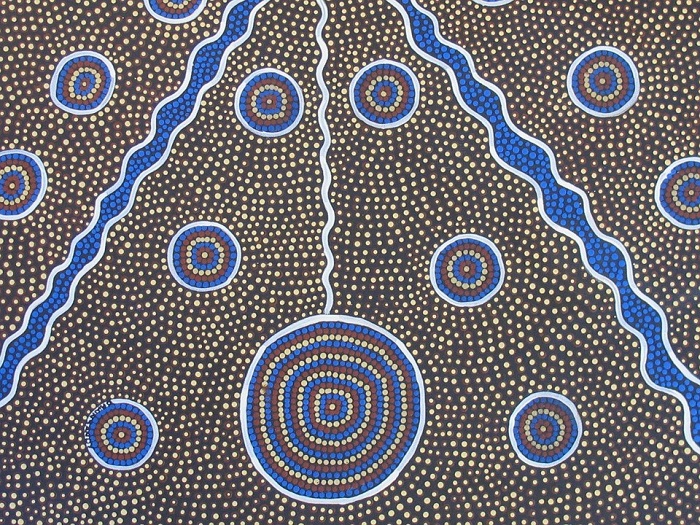Your Cart
Member Lunchbox Webinars
As a Member you get access to over 20 hours of additional recorded webinar content.
VET News
This week in VET
How to make the most out of Your Time in Sydney
Jul 12, 2017
2017 NVC Sponsor Guest Blog: Compliant Learning Resources
Jul 12, 2017
Brand New Webinar Series
Jul 13, 2017
ASQA to Commence Invoicing Annual Registration Charge
Jul 13, 2017
Strengthening Trainer and Assessor Skills
Jul 13, 2017
Trainer and Assessor Credential Requirements
Jul 13, 2017
Only 9 Booths Remain for 2017 NVC
Jul 13, 2017
Only 2 Months to Go
Jul 13, 2017
VET Playing an Important Role for Indigenous Youth
Jul 13, 2017
Rising Stars Shining Over Australia
Jul 13, 2017
SkillsIQ Update
Jul 13, 2017
VET Foundations Provided Student with Higher Education Success
Jul 13, 2017
Numbers of Government-funded Students Increases
Jul 13, 2017
Consultation Workshops for Auslan Training Package Products
Jul 13, 2017
VET Newsletters 13 July 2017
Jul 13, 2017
Media Releases 13 July 2017
Jul 13, 2017
VET Playing an Important Role for Indigenous Youth

Indigenous Australians are championing the trades, signing up to Vocational Education and Training (VET) at a higher rate than the non-indigenous population.
A National Centre for Vocational Education Research (NCVER) report reveals of 15 to 64-year-olds, 18.7 per cent of indigenous people were enrolled in VET in 2015, compared with 9.3 per cent of non-indigenous people.
More than a quarter of young indigenous people (aged 15 to 24) were undertaking VET. They were 8.6 percentage points more likely than non-indigenous people of the same age.
In general, indigenous people are also moving towards higher level qualifications, with those studying at certificate III level or higher outnumbering those at certificate I or II level since 2014.
SkillsOne chief executive Brian Wexham says VET forms a major part of the solution to closing the unemployment gap.
An Australian Bureau of Statistics survey reveals the unemployment rate for indigenous people in 2014-15 was 20.6 per cent nationally, about triple that of the general population.
“There are many success stories of indigenous people working in everything from national parks to more traditional trades and hospitality (and) mining,” Wexham says.
Of all indigenous people in VET, the NCVER report shows the most popular study areas for males are engineering and related technologies (about 25 per cent), architecture and building (12 per cent) and agriculture, environmental and related studies (10 per cent). Meanwhile, females tend towards non-trade areas such as society and culture (about 24 per cent) and management and commerce (23 per cent).
Indigenous Australians Ginau Harry and Ronald Waia are among 20 jobseekers who have begun paid traineeships with Townsville City Council’s Building Pride Building Community project.
The 20-week placements are part of the Queensland Government’s Skilling Queenslanders for Work (SQW) initiative and require participants to restore and protect natural environment sites. By completion, they gain a Certificate I in Conservation and Land Management and a construction industry White Card.
Harry, 22, had been unemployed for almost a year before applying for the traineeship.
“I knew it would make my confidence up and bring my skills back up again and hopefully I can work full time for the council,” he says.
Waia, 31, was a theatre wardsman and nurse on Thursday Island before moving to Townsville. “Being new to the town, I’ve certainly made new friends. I’m looking forward to gaining this qualification and new skills and learning about the area and different cultural sites,” he says.
Kim Hargreaves, SQW training and skills director for the North Queensland region, says participants in SQW programs range from mothers returning to work to people displaced from jobs by changing industry trends. About a third of participants in NQ are indigenous Australians.
For more information, you can view the:
- Original news article;
- SkillsOne site;
- Key findings from the ABS Survey; and
- Skilling Queenslanders for Work website
Date posted Jul 13, 2017
Contact us
Need some help? Visit our help section to get answers to your questions.
Why join?
Our vision is to educate, inspire, and empower by providing quality, flexible and innovative products and services - the Velg Training membership program is no exception. Packed full of exclusive benefits, our membership program provides access to a range of member-only privileges. Watch now to hear more about these privileges!
Already a member?
Benefit from a free Velg Training profile and receive our fortnightly newsletter
All the great benefits of membership extend to the named individual
Benefits extended to unlimited sibling accounts
+
Account administrator to manage team
+
Track sibling PD history